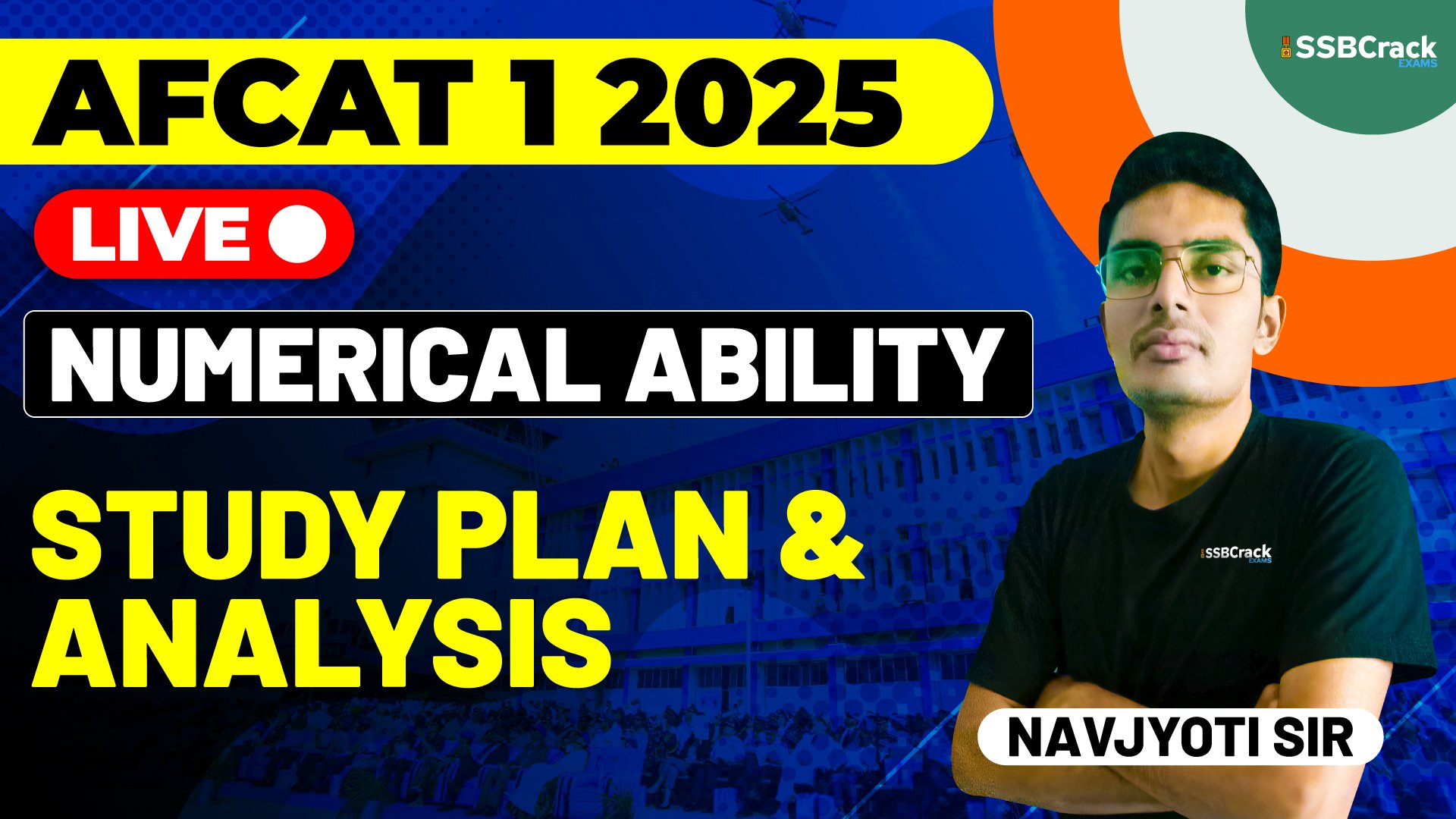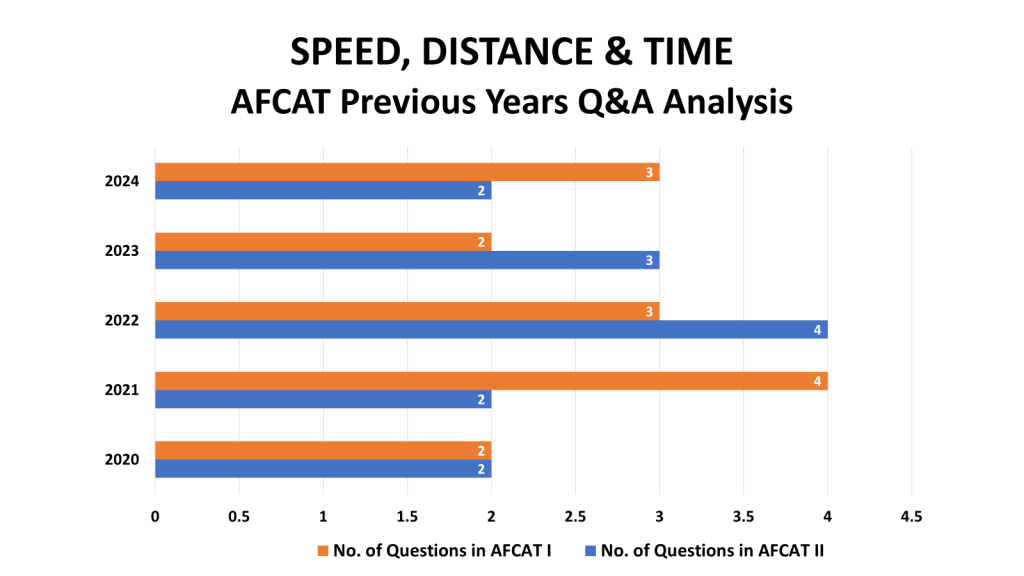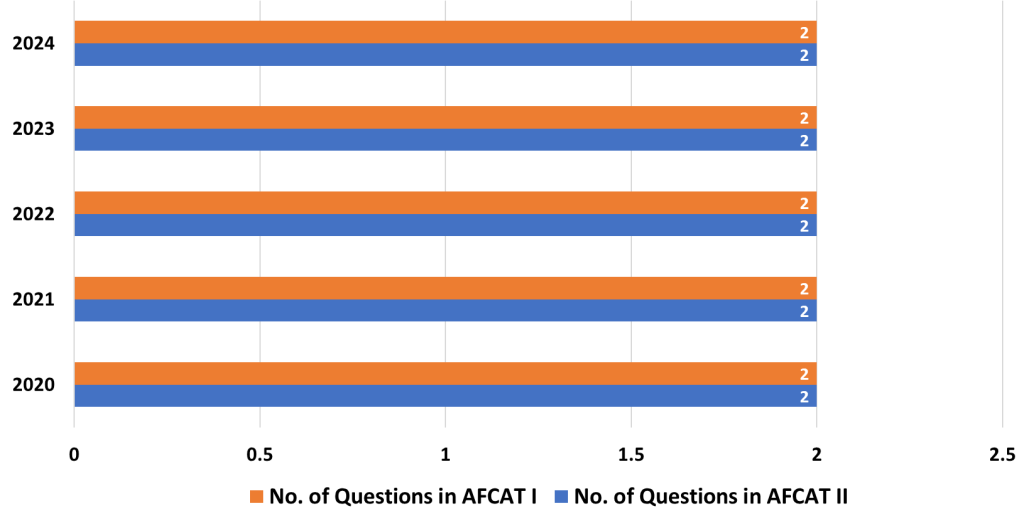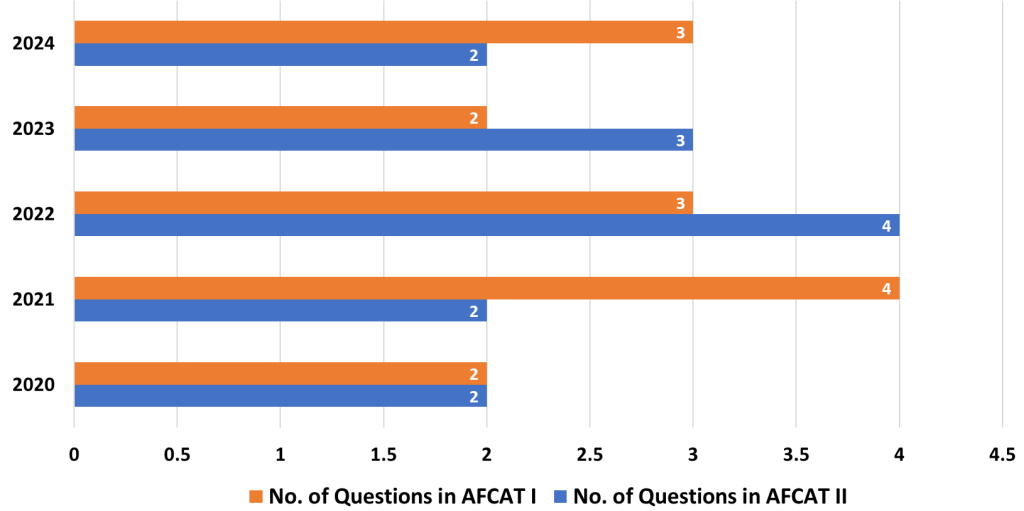The Numerical Ability section of the AFCAT exam tests a candidate’s proficiency in basic mathematical concepts. Here’s a breakdown of the most important and medium-weightage topics along with strategies for preparation.
1. Speed, Distance, and Time
- Analysis: This topic frequently appears in the exam and tests your ability to relate speed, distance, and time under various conditions such as average speed, relative speed, or when objects are moving in opposite or the same directions.
- Strategy: Focus on understanding real-life scenarios like travel times, train problems, and circular paths. Practice regularly with a variety of question types to improve problem-solving speed.
2. Profit and Loss
- Analysis: This topic deals with basic business transactions, calculating gains or losses incurred in selling and purchasing items. Problems often involve discounts, markups, and successive transactions.
- Strategy: Build familiarity with typical terms like cost price, selling price, and gain percentage. Try solving different types of problems, including word problems, to grasp the nuances of profit and loss transactions.
3. Time and Work
- Analysis: These questions test how efficiently work can be completed by individuals or groups over time. Variations include work being done jointly, or individuals working alternatively.
- Strategy: Learn to break down complex problems into smaller steps and focus on questions involving work done by multiple workers or machines. Make a habit of identifying patterns to minimize solving time.
4. Average
- Analysis: Questions on averages focus on calculating central tendencies across different datasets, such as the average age, marks, or speed.
- Strategy: Sharpen your skills in mental calculations to speed up solving time. Ensure you practice problems involving weighted averages, as these are common in exams.
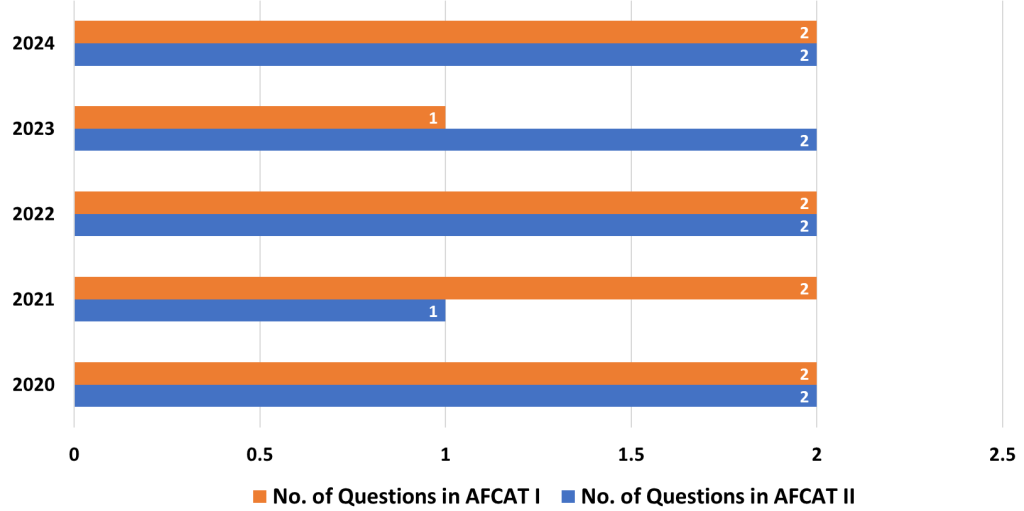
5. Ratio and Proportion
- Analysis: This topic examines relationships between quantities and how one quantity changes in relation to another. It’s essential in solving questions related to partnerships, mixtures, and age-based problems.
- Strategy: Focus on real-life applications of ratios in partnership problems or mixtures. Practice manipulating ratios to adjust quantities and understand the concept of direct and inverse proportions.
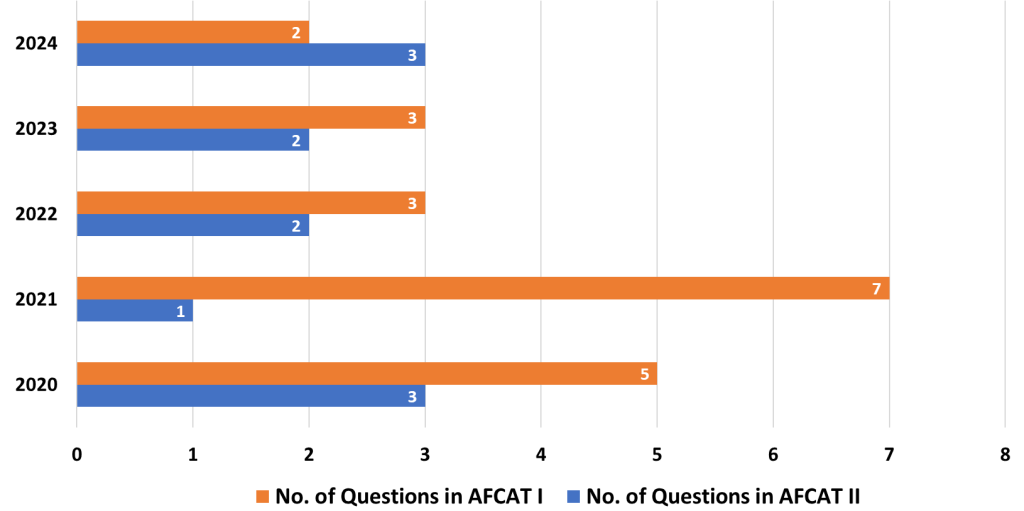
6. Algebra
- Analysis: Basic algebra problems focus on equations, expressions, and their simplifications. Topics such as linear equations and quadratic equations often appear.
- Strategy: Build confidence in manipulating and simplifying algebraic expressions. Make sure to revise basic operations and the formulation of equations from word problems.
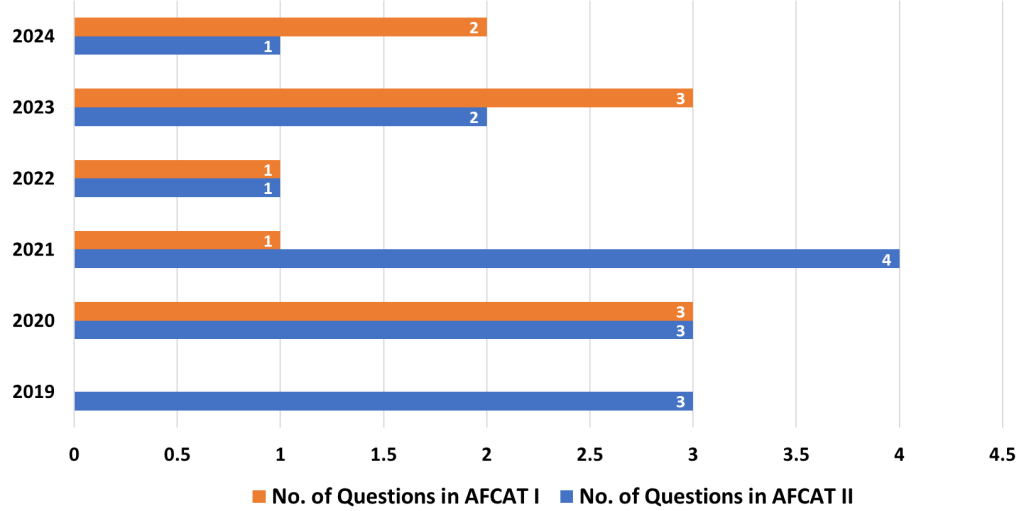
Medium Weightage Topics
7. Simple and Compound Interest
- Analysis: These questions test how interest accumulates over time either as a simple progression (simple interest) or through repeated growth (compound interest). It can involve loans, deposits, or investments.
- Strategy: Learn to understand the logic behind interest accumulation and practice different scenarios. Focus on both the long-term and short-term impact of interest rates.
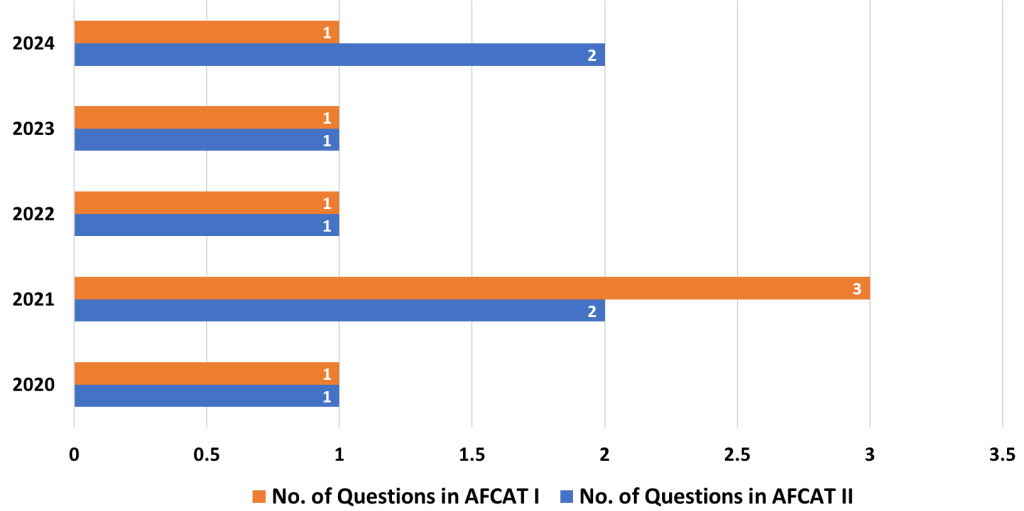
8. Percentage
- Analysis: Percentage questions involve comparing quantities to a base value of 100. They are often combined with profit/loss, discounts, and data interpretation problems.
- Strategy: Strengthen your understanding of percentages in practical contexts like discount offers, increase/decrease in quantities, and voting percentages. Quick calculation skills are vital.
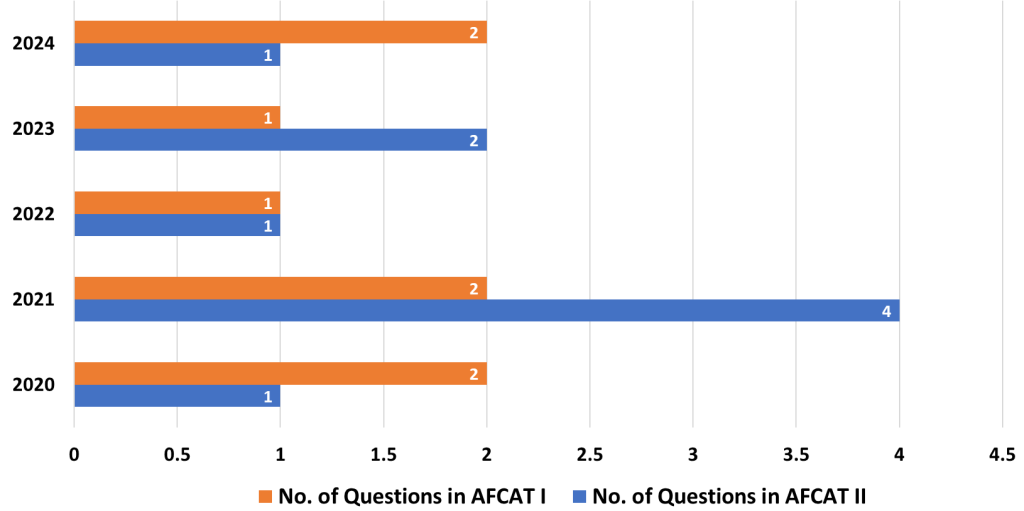
9. Number System
- Analysis: This includes topics like even and odd numbers, prime numbers, divisibility rules, and remainders. It’s foundational for other types of arithmetic problems.
- Strategy: Focus on understanding the properties of different types of numbers and their interactions. Practice problems that involve factorization, divisibility, and least common multiples (LCM) and greatest common divisors (GCD).
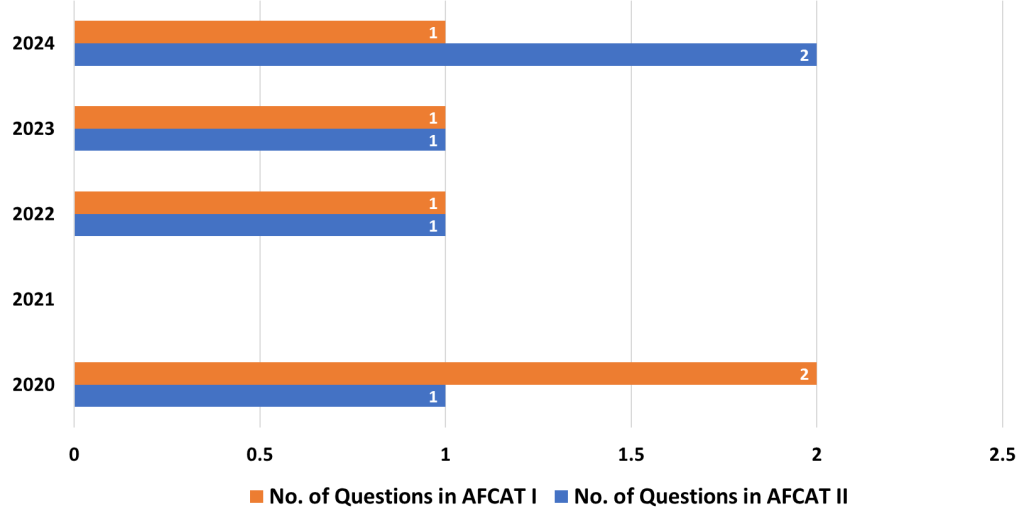
10. Area and Perimeter
- Analysis: Questions related to areas and perimeters of basic shapes like triangles, rectangles, and circles often appear, testing your ability to visualize and calculate dimensions.
- Strategy: Familiarize yourself with the properties of 2D shapes and how to calculate their perimeter and area. Pay special attention to composite shapes, as they are commonly tested.
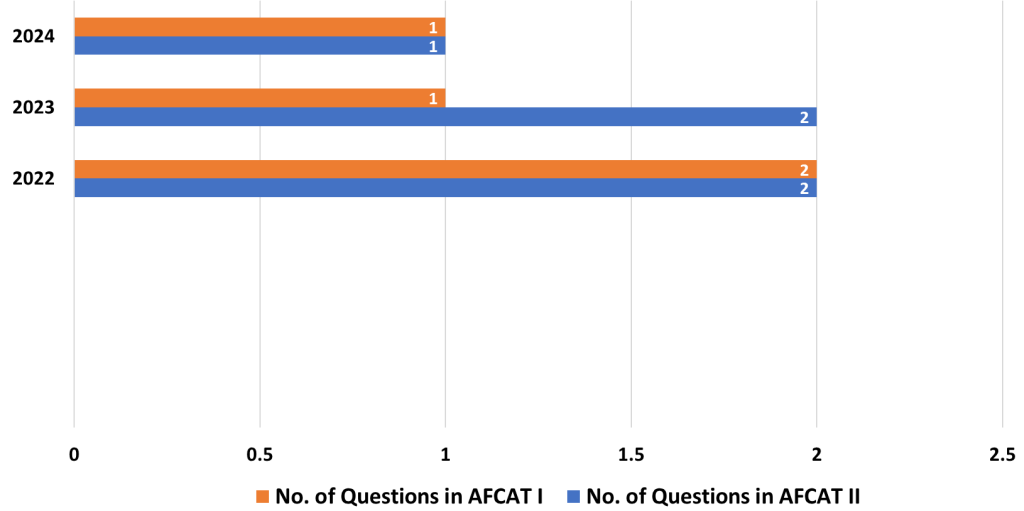
11. Probability
- Analysis: Probability questions are based on the likelihood of an event happening. This topic might include simple event-based probability, dice problems, or card problems.
- Strategy: Start with the basic understanding of probability, then progress to more complex scenarios like conditional probability and multiple events.
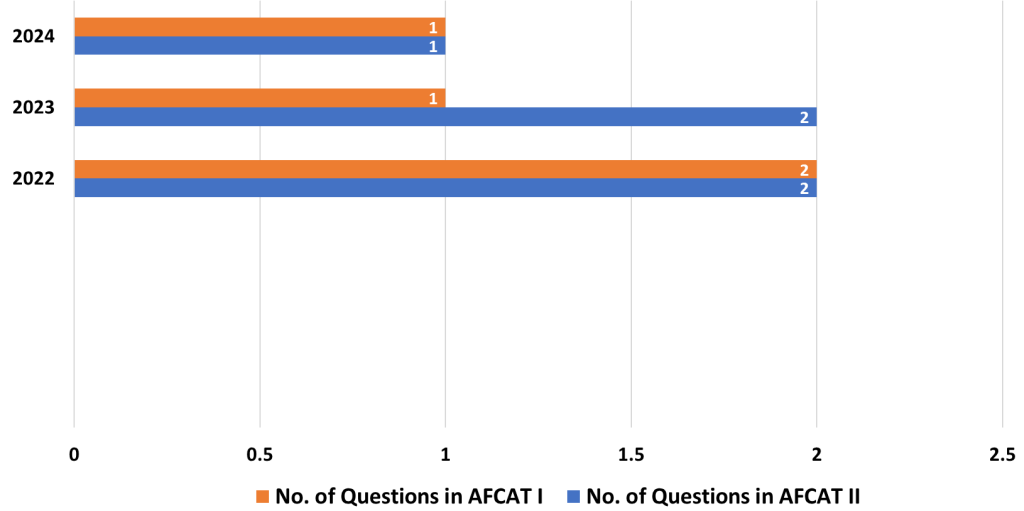
General Preparation Strategies for AFCAT Numerical Ability
- Master the Basics: Before diving into complex problems, ensure you have a strong foundation in basic arithmetic, as many questions can be simplified by mastering the fundamentals.
- Practice Regularly: Consistent practice is key to improving speed and accuracy. Use mock tests and previous years’ question papers to get a feel for the exam’s pattern.
- Time Management: Learn to manage your time efficiently by starting with ques
- tions that are easier for you, then moving to more challenging ones.
- Use Shortcuts: Once you’re comfortable with the basics, focus on learning time-saving tricks and shortcuts that help you solve problems faster.
- Analyze Mistakes: Keep track of errors made during practice and focus on understanding why you made them. Revising these areas ensures you don’t repeat the same mistakes in the exam.
By following these strategies and focusing on the key topics, you’ll enhance your preparation and perform better in the Numerical Ability section of the AFCAT exam.
